monsterrack
Silver Member
- Joined
- Apr 15, 2013
- Messages
- 4,419
- Reaction score
- 5,827
- Golden Thread
- 0
- Location
- Southwest Mississippi
- Detector(s) used
- Garrett, and Whites
- Primary Interest:
- All Treasure Hunting
In 1875 W.T. Hutchins was plowing a field and noticed that something came up with the plow. Turning back with the mule he saw a lot of red objects. This turned out to be the largest bead cache of red jasper stone beads found in the state of Ms. Lawrence co. They were bought by T.J.R. Keenan and in 1876 he donated them to the Smithsonian museum were they are today. Only one bead was drilled the rest was preforms, the one that was drilled had a broken stone drill tip in it the size of a grain of rice. I have a chance to hunt this area after deer season, I can't wait.
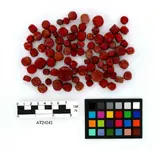
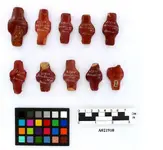
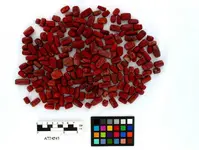

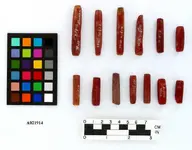
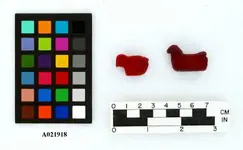
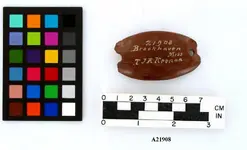
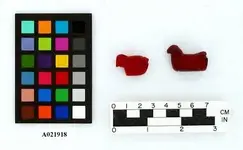








Amazon Forum Fav 👍
Upvote
0





